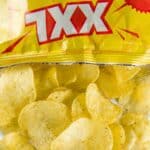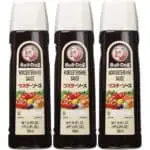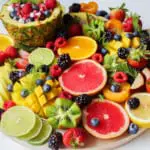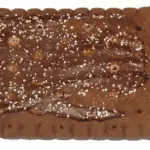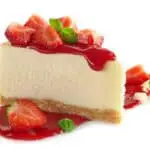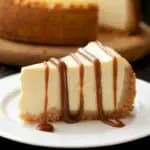Ketchup is one of the most popular condiments in the world, ubiquitous at dining tables and cookouts. But what exactly is ketchup? With its sweet, tangy flavor and spreadable texture, some people wonder if ketchup qualifies as a type of jelly.
This article will explore the ingredients, preparation, uses, and definitions of ketchup and jelly to understand how they compare. We’ll look at key questions like:
- What are the ingredients in ketchup?
- How is ketchup made?
- What gives ketchup its unique texture?
- How does ketchup differ from fruit jam or jelly?
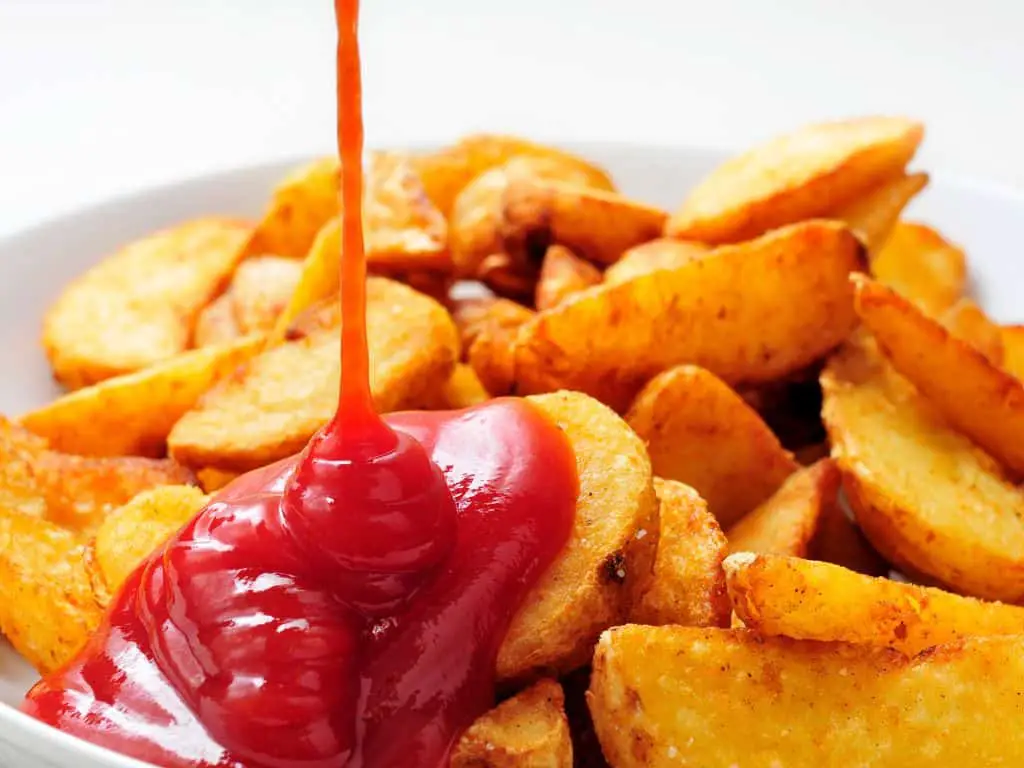
Ketchup’s Key Ingredients
Ketchup gets its distinctive tomatoey sweetness from three core ingredients:
- Tomatoes – The primary ingredient in ketchup is tomatoes. Most commercial ketchups use tomato concentrate or tomato paste as the base. This gives ketchup its rich tomato flavor.
- Vinegar – Vinegar is added to ketchup for tanginess and as a preservative. Distilled white vinegar is commonly used.
- Sugar – Sugar balances out ketchup’s acidity. It makes ketchup taste sweet. Corn syrup or high fructose corn syrup are commonly used.
Ketchup also contains seasonings like:
- Salt – For flavor.
- Onion powder – For savory, oniony notes.
- Garlic powder – For a touch of garlic flavor.
- Spices – Such as allspice, cloves, cinnamon, or nutmeg.
The specific seasoning blend varies by ketchup brand, but it adds warmth and complexity.
Ketchup’s Texture Comes from Reduced Tomatoes
So ketchup contains typical jelly ingredients like tomatoes, sugar, and vinegar. But jelly is defined by its spreadable texture, which comes from pectin. Ketchup gets its thicker consistency differently than jelly: through tomato reduction.
How Ketchup is Made
Ketchup starts with tomatoes and tomato paste which is cooked down into a concentrated reduction. This means:
- Tomatoes are simmered until much of their water content evaporates.
- The tomato solids become very concentrated.
- Natural sugars are concentrated, making it sweeter.
- The texture thickens to a velvety consistency.
Vinegar, seasonings, and more sugar are mixed in. The ketchup may be strained to achieve a smooth texture.
Reduction Results in a Viscous Texture
This reduction and concentration of tomato solids gives ketchup its viscosity. The thick texture comes from:
- The density of the reduced tomato puree.
- The high soluble fiber content of concentrated tomato.
- Interactions between components like sugars, salts, and acids.
Unlike jelly, pectin is not needed to give ketchup its spreadable texture. The reduction process provides all the thickness it needs.
Ketchup’s Uses Differ from Jelly
Beyond ingredients and texture, ketchup differs from jelly in its uses:
Ketchup as a Condiment
Ketchup is primarily used as a condiment added in small amounts to foods like:
- Burgers
- Fries
- Hot dogs
- Scrambled eggs
- Meatloaf
- Grilled cheese sandwiches
It provides flavor, moisture, tanginess, and visual appeal.
Jelly as a Spread
Fruit jellies and jams are more often used as a spread slathered onto:
- Toast
- Muffins
- Biscuits
- Peanut butter sandwiches
- Yogurt
- Oatmeal
Jelly provides a sweet fruity flavor when used generously as a spread or filling.
Ketchup Versus Jelly and Jam
Now that we’ve examined ketchup’s ingredients, texture, and uses, how does it compare to fruit-based jellies and jams?
Jelly
Jelly is made by cooking crushed fruit or fruit juice with sugar and pectin. Pectin causes it to gel into a solid spreadable texture. Jelly has:
- Smooth pureed texture – Jelly is strained to be clear and smooth.
- Bright fruit flavor – Jelly highlights the sweetness and acidity of the fruit.
- Firm, spreadable texture – Jelly holds its shape but is spreadable owing to pectin.
- Uses as a sandwich spread – Especially peanut butter and jelly sandwiches!
Jam
Jam also contains fruit and sugar cooked together, but the fruit comes in the form of pulp or chunks. Jam has:
- Chunky fruit pieces – The fruit is mashed but not completely pureed.
- Thick texture – The fruit pulp gives jam a thick, spoonable consistency.
- Robust fruit flavor – The flavor captures the complexity of the whole fruit.
- Spread on scones or toast – Jam is a popular breakfast condiment.
Ketchup
By contrast, ketchup has:
- Smooth, velvety texture – From reduced tomato puree.
- Savory umami flavor – With sweet and tangy notes.
- Pourable viscosity – Ketchup flows but clings to foods.
- Served in small amounts – As a condiment to accent other foods.
So while ketchup has some jelly-like properties, it has marked differences that define it as its own unique type of condiment.
What Gives Ketchup Its Unique Flavor Profile?
Ketchup delivers a flavor profile unlike any other condiment. Here are some of the key elements that define ketchup’s distinctive taste:
Sweetness
Ketchup’s sweet taste comes from added sugars. Caramelized tomato sugars also add complexity. The sweetness balances the acidity.
Savory Umami
The umami flavor comes from glutamates in the cooked tomato concentrate. This gives ketchup a rich, meaty, mouth-filling taste.
Tangy Tartness
Vinegar adds a zingy acidity that contrasts the sweetness. This makes ketchup taste bright and vibrant.
Spices
The blend of spices varies but commonly includes warm flavors like cinnamon, allspice, nutmeg, and cloves. This adds comforting aromatics.
Saltiness
A sprinkling of salt brings all the flavors into focus. Salt enhances the perception of sweetness and savoriness.
These elements combine to make ketchup sweet, savory, tangy – an irresistible condiment!
Types of Ketchup
While traditional red ketchup dominates the condiment aisle, there are distinctive types of ketchup made from different base ingredients.
Tomato Ketchup
By far the most popular, tomato ketchup starts with tomato paste or tomato puree. Vinegar, sugar, and spices are added. Traditional tomato ketchup has a tangy, sweet tomato flavor.
Banana Ketchup
Banana ketchup originated in the Philippines. It’s made from mashed bananas, vinegar, sugar, and spices. It has a sweeter, tropical taste.
Mushroom Ketchup
Mushroom ketchup dates back to England in the 1700s. It’s made from mushrooms cooked down to a concentrated paste and mixed with spices. Mushroom ketchup adds an earthy, umami flavor.
Walnut Ketchup
Walnut ketchup uses green walnuts as the base. The unripe walnuts have a tangy flavor. Spices and vinegar are added to create a unique, nutty ketchup.
Shellfish Ketchup
Some coastal regions make ketchup using shellfish like oysters, clams, or mussels. The briny seafood amplifies the savory taste.
While tomato ketchup dominates globally, these specialty ketchups add unique twists on this classic condiment.
How to Make Homemade Ketchup
Want to try your hand at making ketchup from scratch? Here are some tips:
Ingredients
- Canned tomato paste provides concentrated tomato flavor.
- White vinegar or apple cider vinegar gives bright acidity.
- Granulated white sugar for sweetness. Brown sugar adds deeper molasses notes.
- Salt and pepper for seasoning.
- Spices like paprika, onion powder, garlic powder, cinnamon, allspice, or cloves.
- Pinch of xanthan gum to help thicken (optional).
Process
- Simmer tomato paste and vinegar to reduce moisture and concentrate flavor.
- Add remaining ingredients and stir thoroughly to combine.
- Transfer to a blender or food processor and puree until smooth.
- Return to pot and simmer on low heat, stirring frequently, until thickened.
- Adjust seasoning to taste.
- Let cool completely before transferring to an airtight container.
- Refrigerate for up to 1 month.
Making your own ketchup lets you customize the flavors to your taste. Try experimenting with different vinegars, sugars, and spice blends.
Ketchup’s Place in Cooking
Ketchup has moved beyond just a condiment – it’s becoming an ingredient used in recipes like:
Ketchup Fried Rice
Ketchup adds sweet tomato flavor to fried rice. It helps create a beautiful reddish-orange color.
Ketchup Chicken Wings
Brushing chicken wings with a ketchup-based sauce gives a sticky, finger-licking coating.
Ketchup Meatloaf
Mixing ketchup into the meatloaf base provides moisture and a tangy accent.
Ketchup Cornbread
Folding ketchup into cornbread batter makes it incredibly moist with a hint of sweetness.
Ketchup Cake
Yes, you can make ketchup cake! Chocolate cake with ketchup has a deep, complex flavor with subtle tomato undertones.
So don’t limit ketchup to just hot dogs and burgers! Use it to add flavor, moisture, and color to all kinds of dishes.
The Final Verdict on Ketchup as a Jelly
Ketchup certainly shares some traits with classic fruit jellies and jams. But it diverges in key ways:
Like jelly:
- Contains a sweet and tangy fruit base
- Has a thick, spreadable texture
- Includes sugar and vinegar
Unlike jelly:
- Gets its thickness from tomato reduction, not pectin
- balances sweetness with savory umami tastes
- Used as a condiment rather than a spread
So is ketchup a jelly? While ketchup has some jelly-like qualities, its unique ingredients, texture, uses, and flavor profile set it apart. Ketchup stands on its own as a one-of-a-kind condiment.
So put away the peanut butter – ketchup deserves its own spotlight at the dining table! This versatile tomato-based sauce livens up favorites from fries to scrambled eggs. Ketchup may not quite be a jelly, but it is an essential flavor-enhancer we all know and love.

